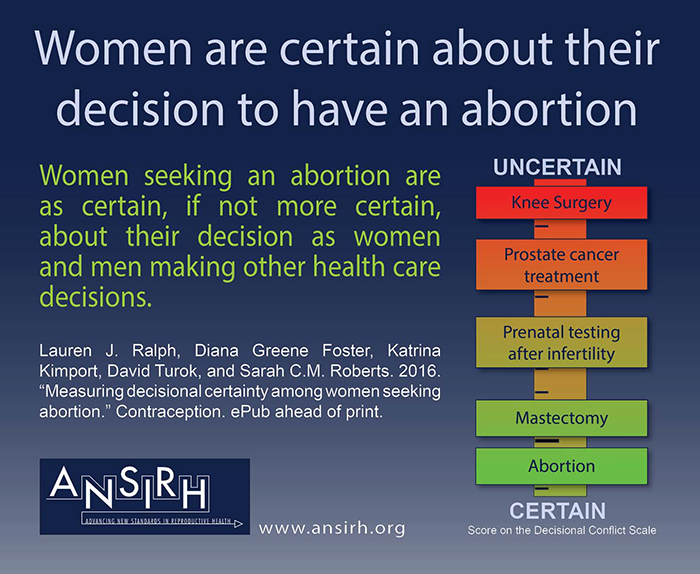In May 2012, Utah implemented a 72-hour waiting period for women seeking abortion. This law requires that women wait at least 72 business hours between having a face-to-face abortion information visit, where they receive mandated information, and obtaining their abortion. This requires two separate visits. While 24-hour waiting periods have been in effect in multiple states for many years, Utah was the first state to implement a 72-hour waiting period. Since then, other states, including South Dakota and Missouri, have implemented 72-hour waiting periods and others have implemented 48-hour waiting periods.
Key Findings
- back to the Evaluation of Abortion Restrictions Project
Study Design
To understand women’s experiences with a Utah state law requiring women to wait 72 hours between having a face-to-face abortion information visit and receiving their abortion, participants included 500 women presenting at an abortion information visit at one of four family planning facilities in Utah. Participants completed baseline surveys at the information visit and follow-up telephone interviews three weeks later. Follow-up questions included questions about whether and when participants had an abortion, their reasons for not having had an abortion (in cases where they have not had an abortion), reasons for waiting more than 72 hours, and their experiences with the two-visit requirement, state-mandated information, and waiting period.
Download the Utah 72-hour waiting period Issue Brief, which highlights some of the findings of this study.

